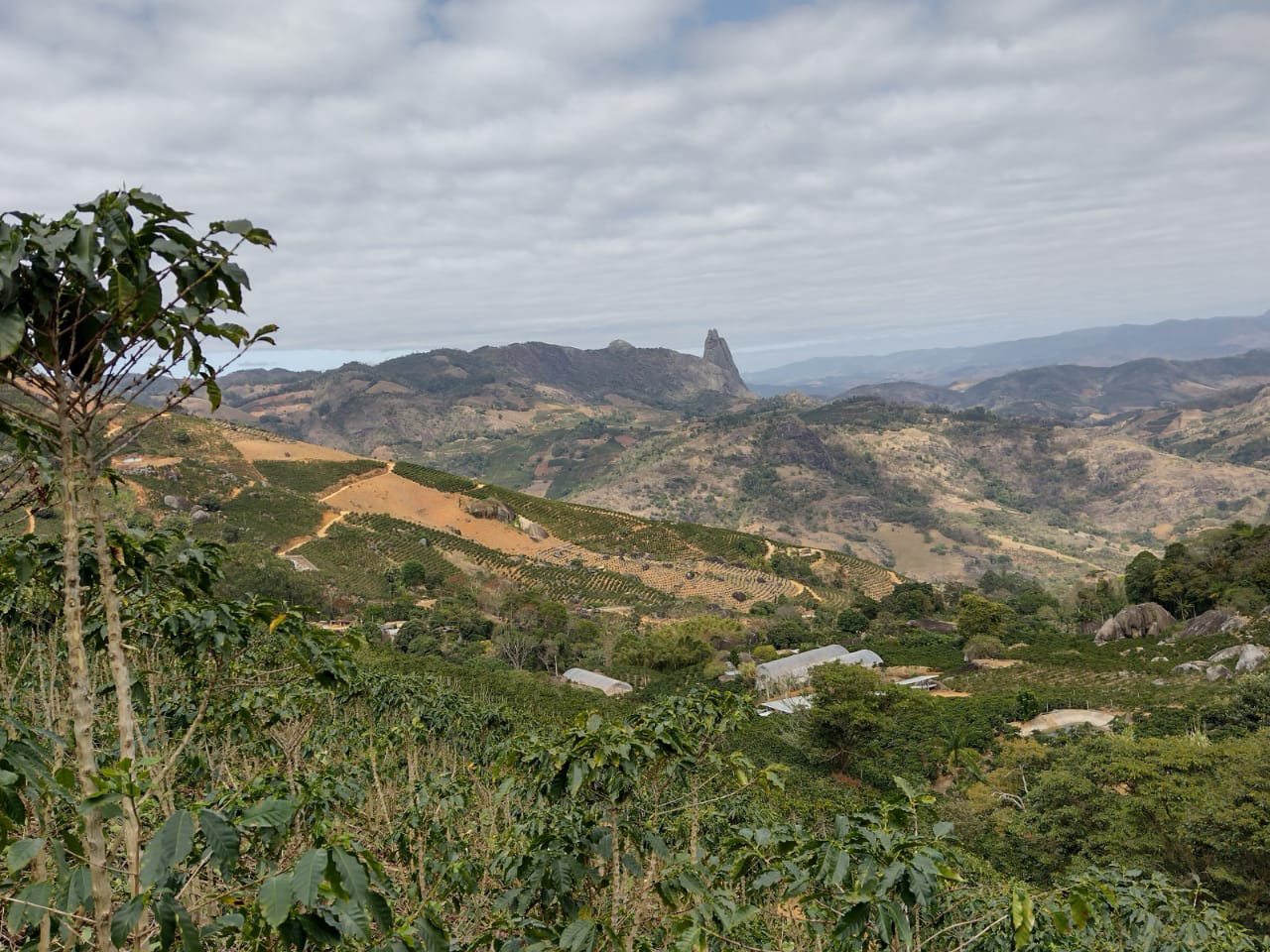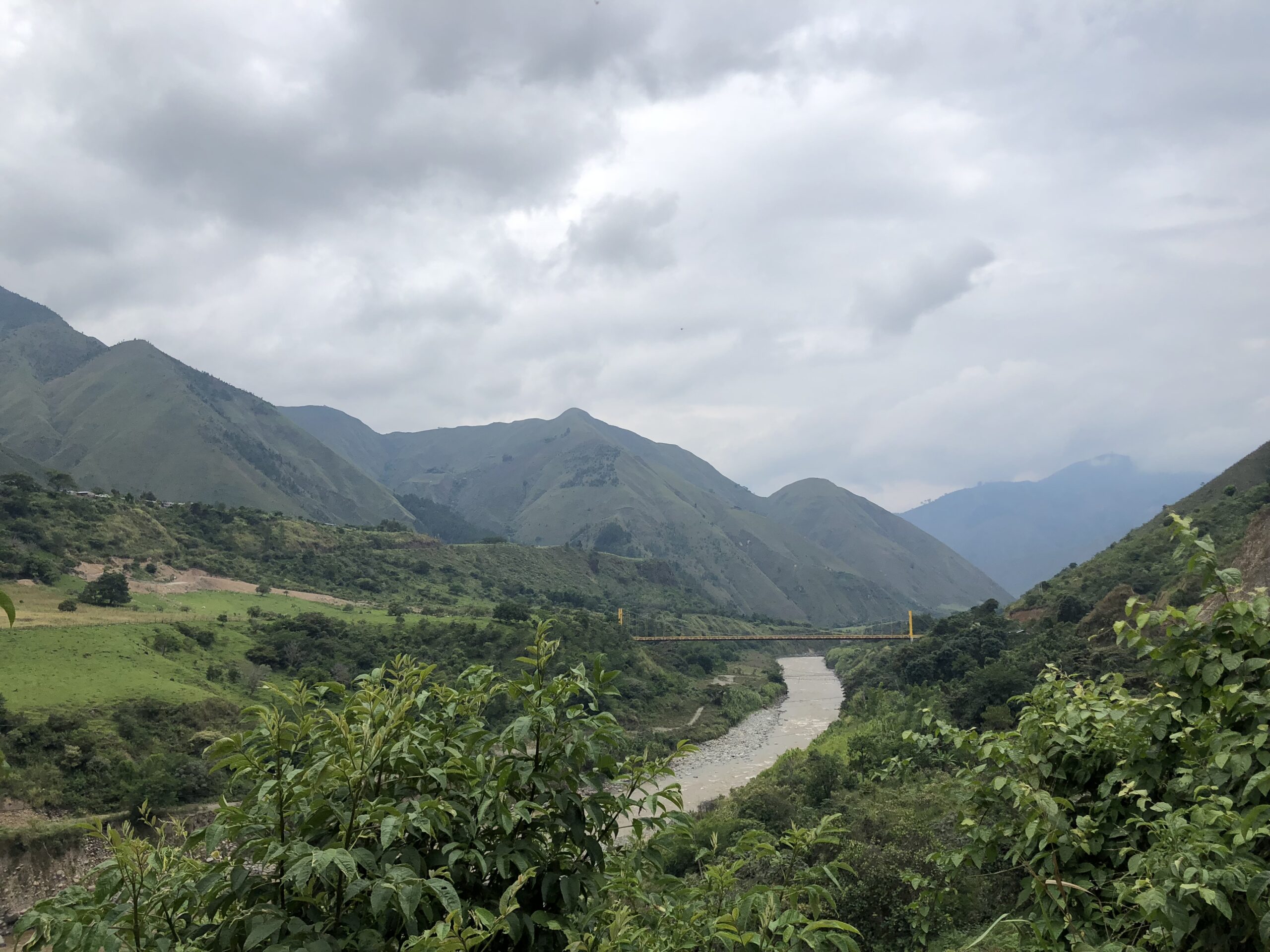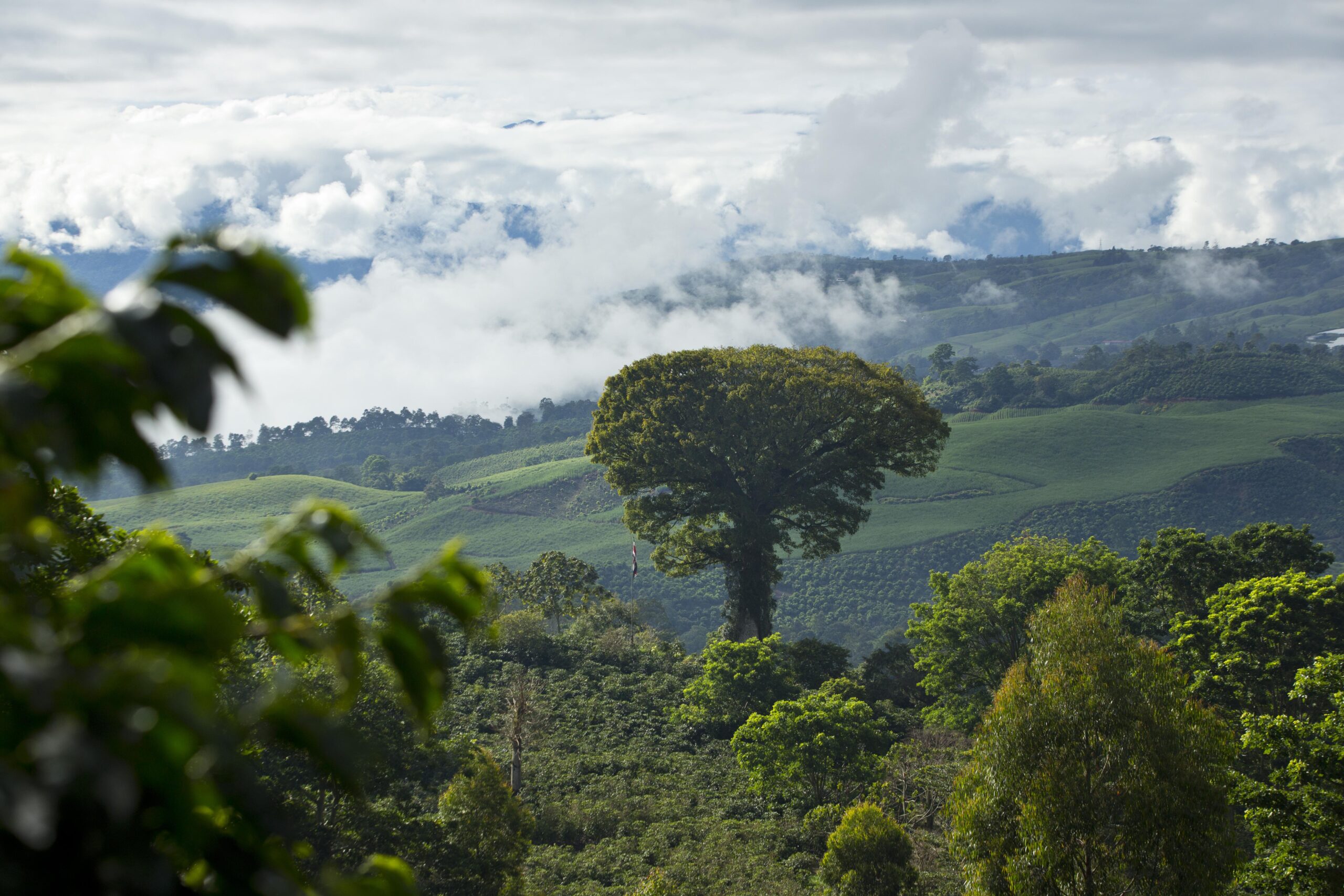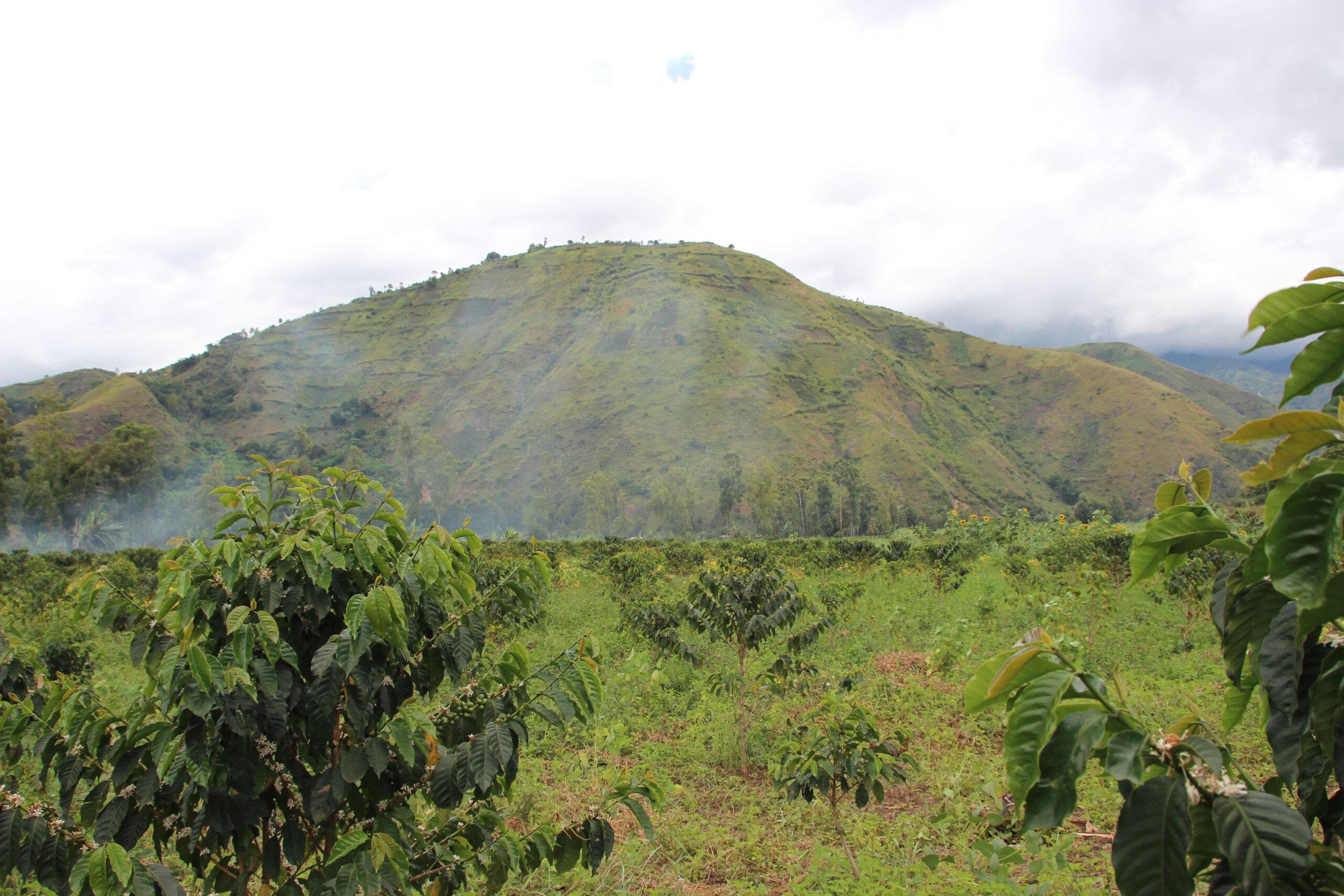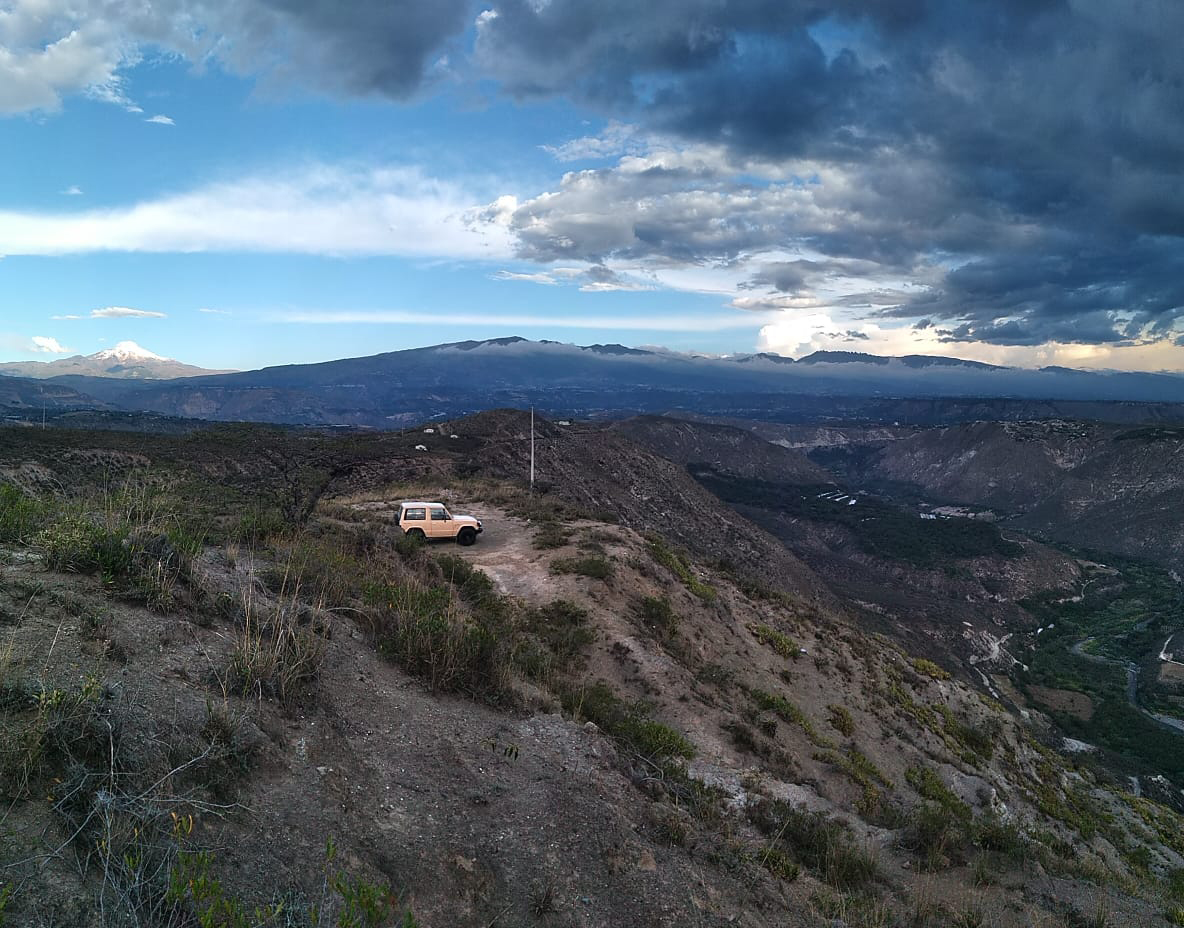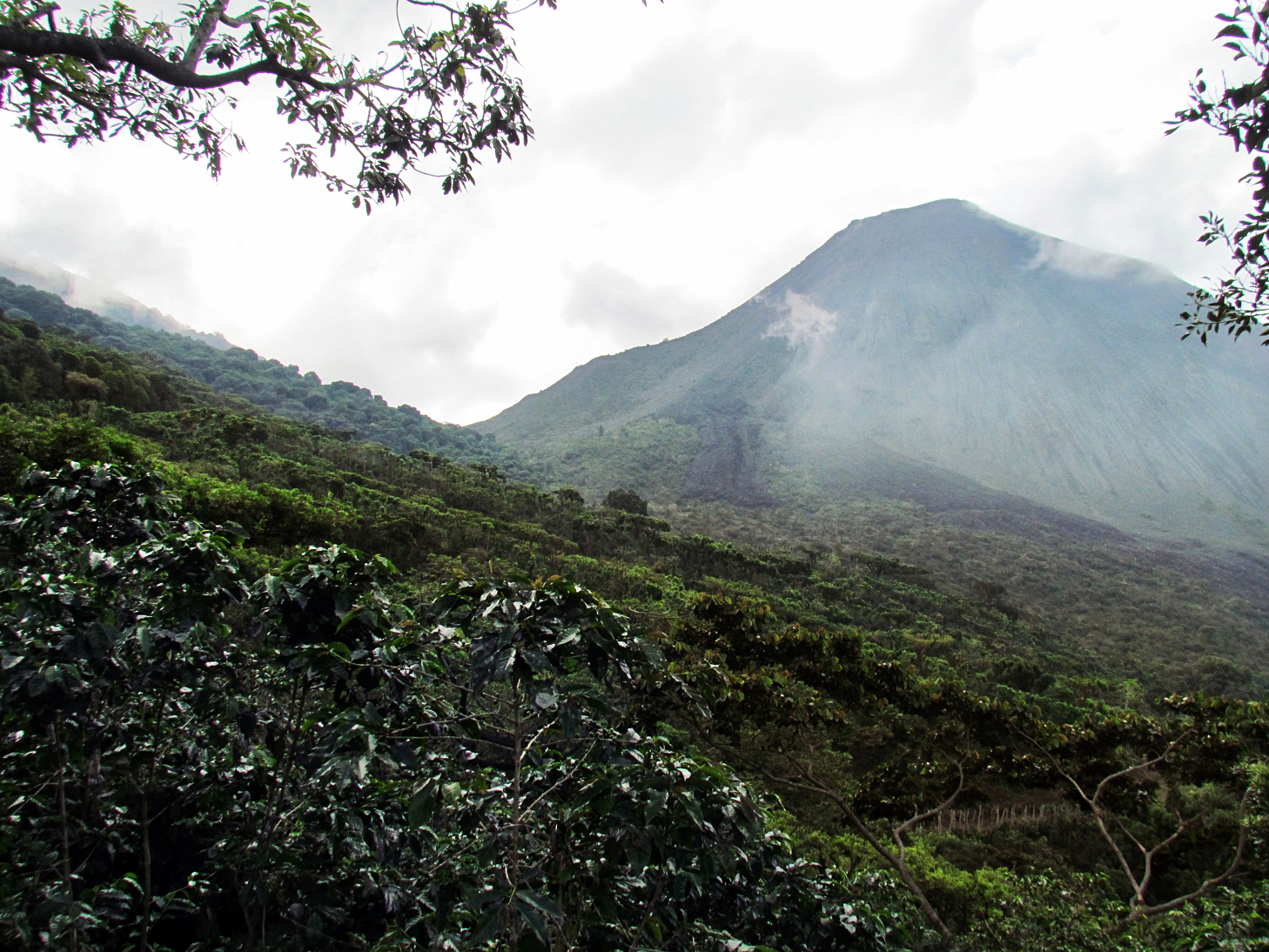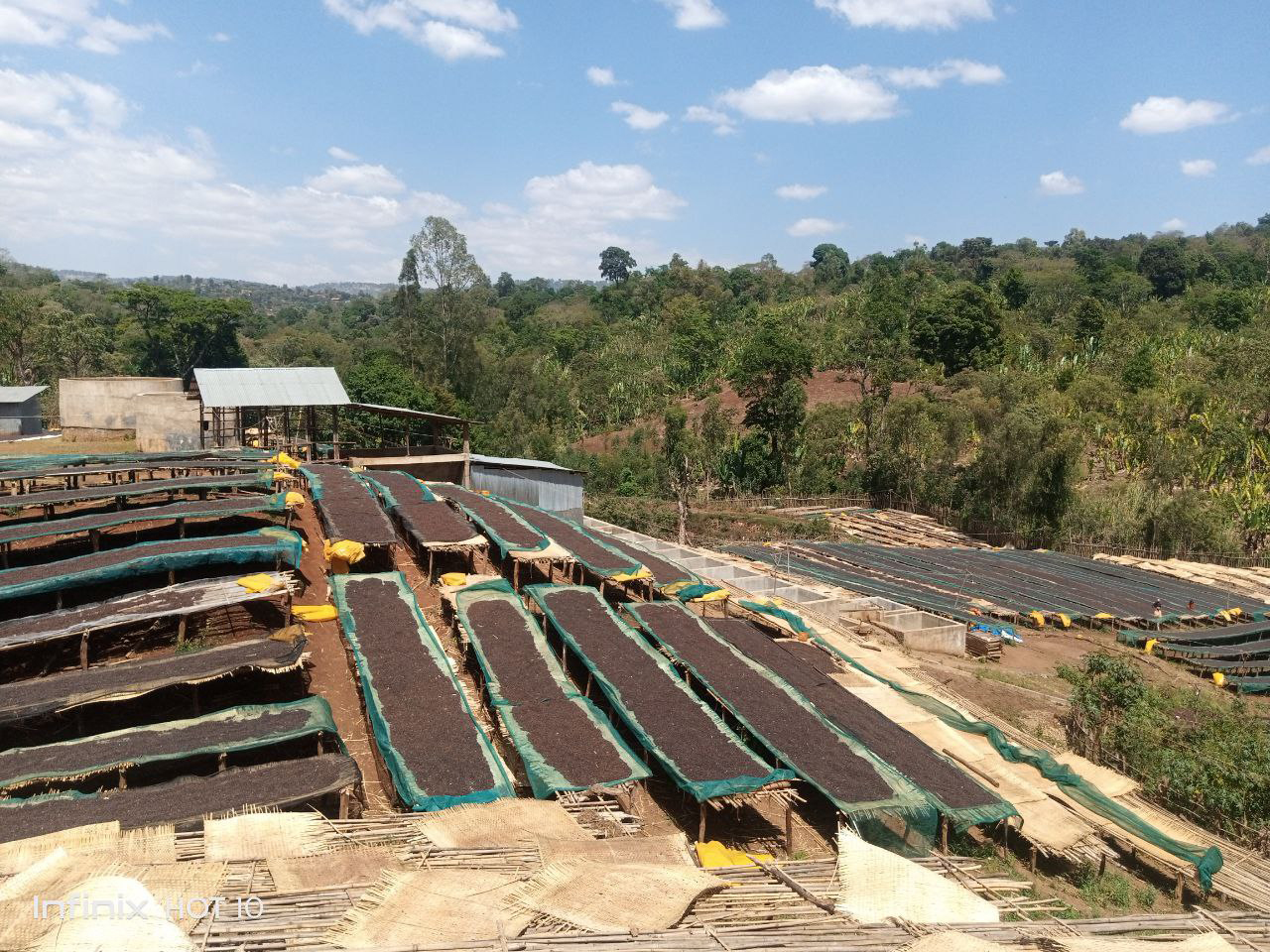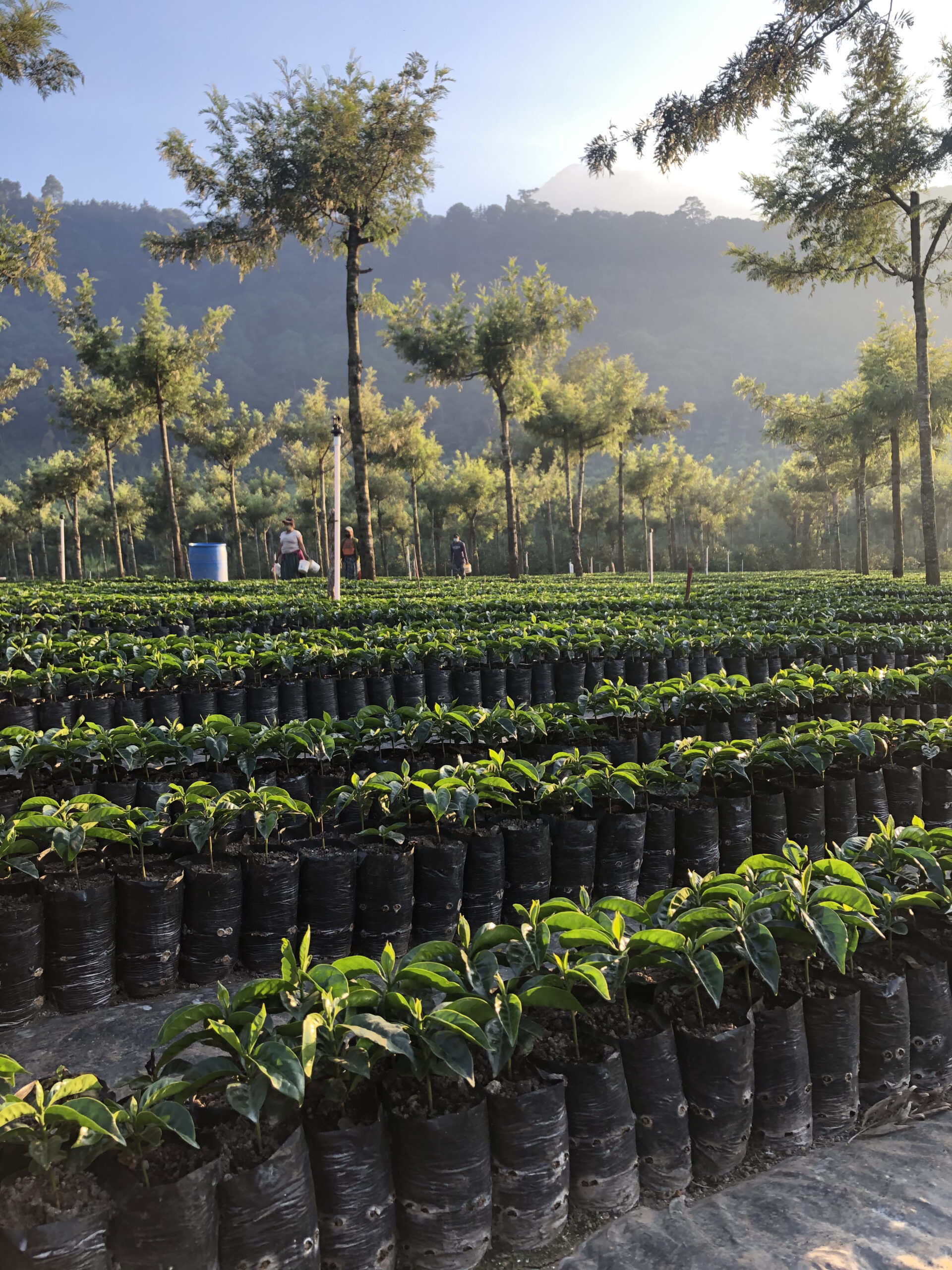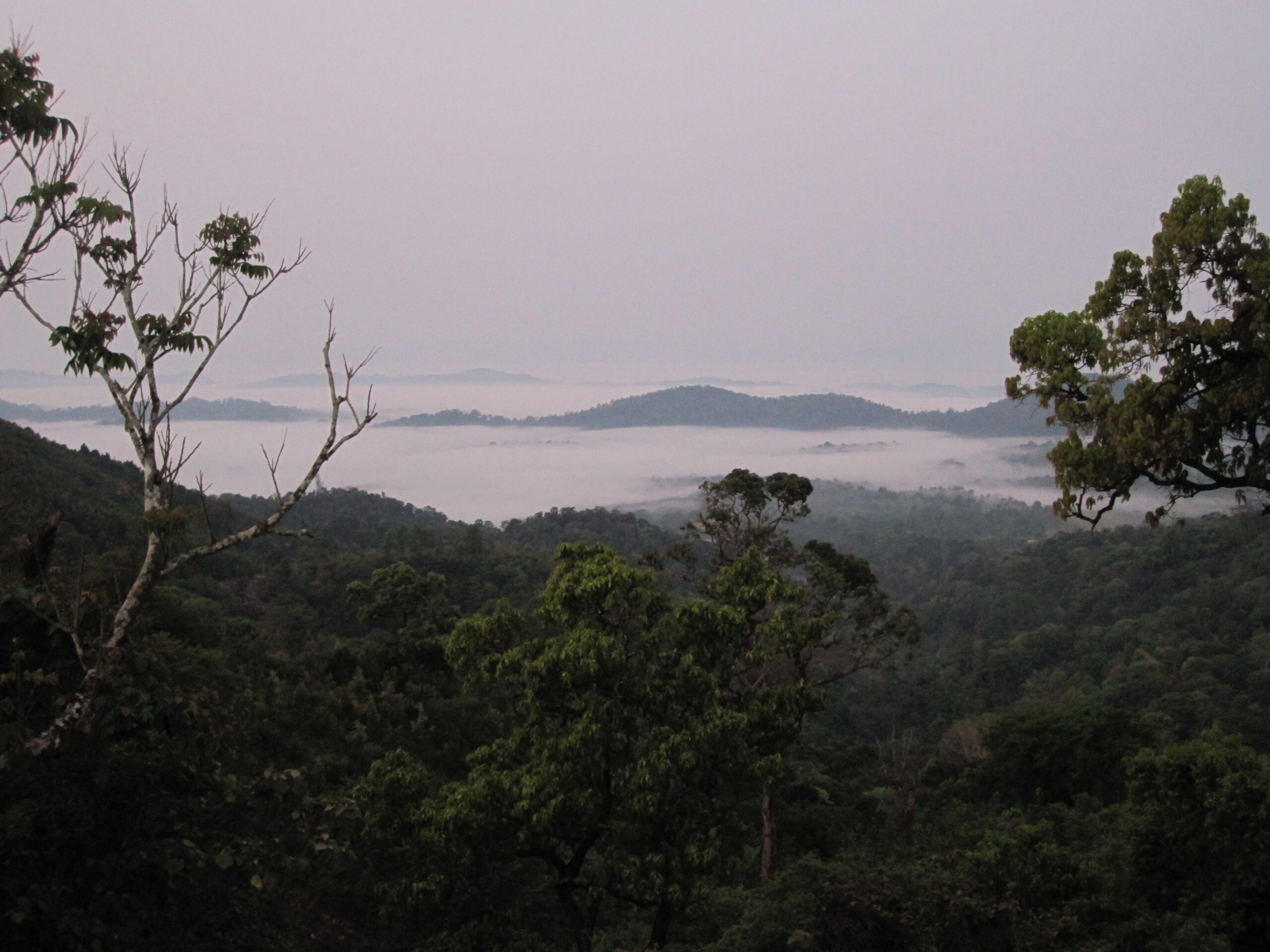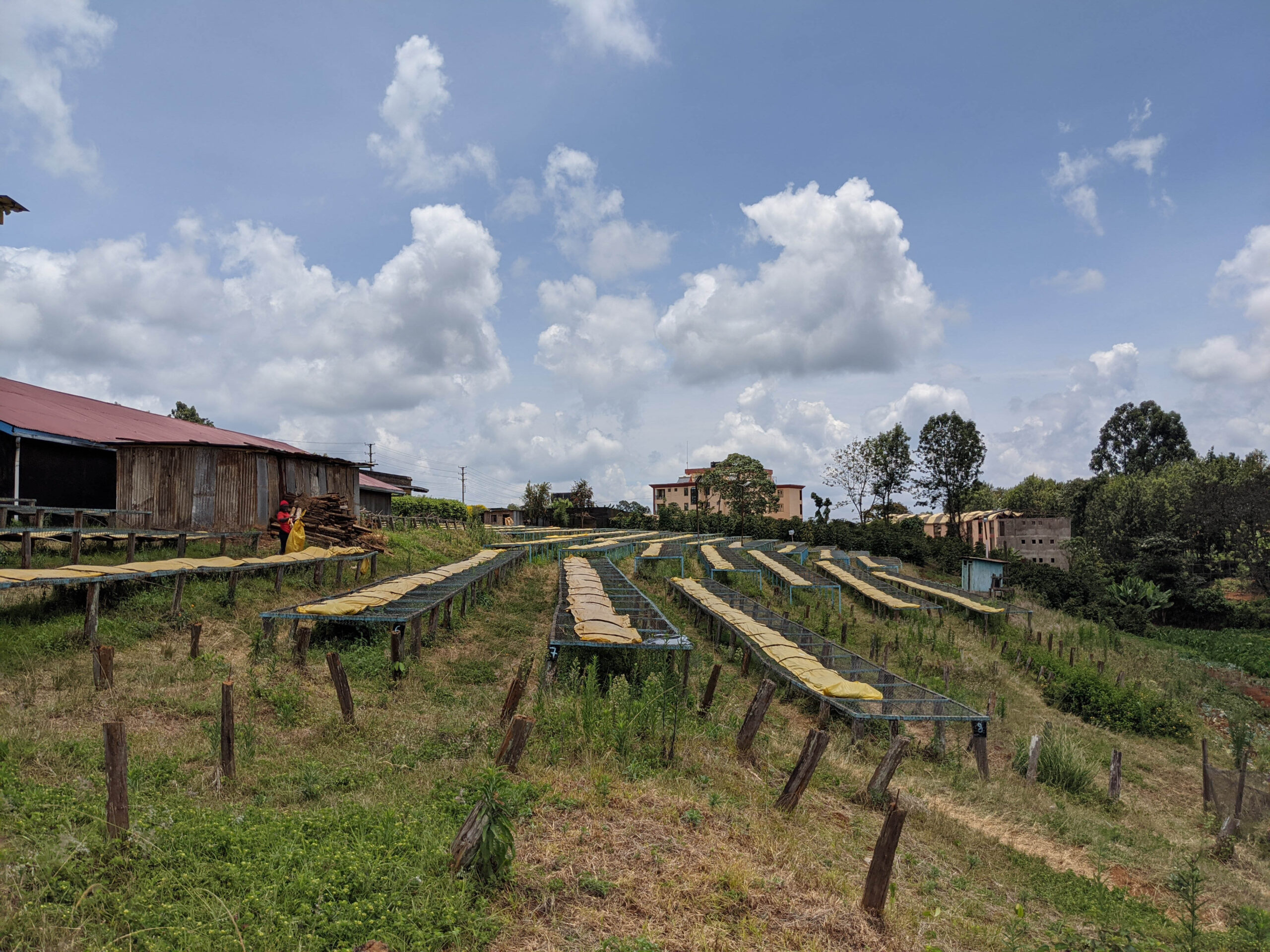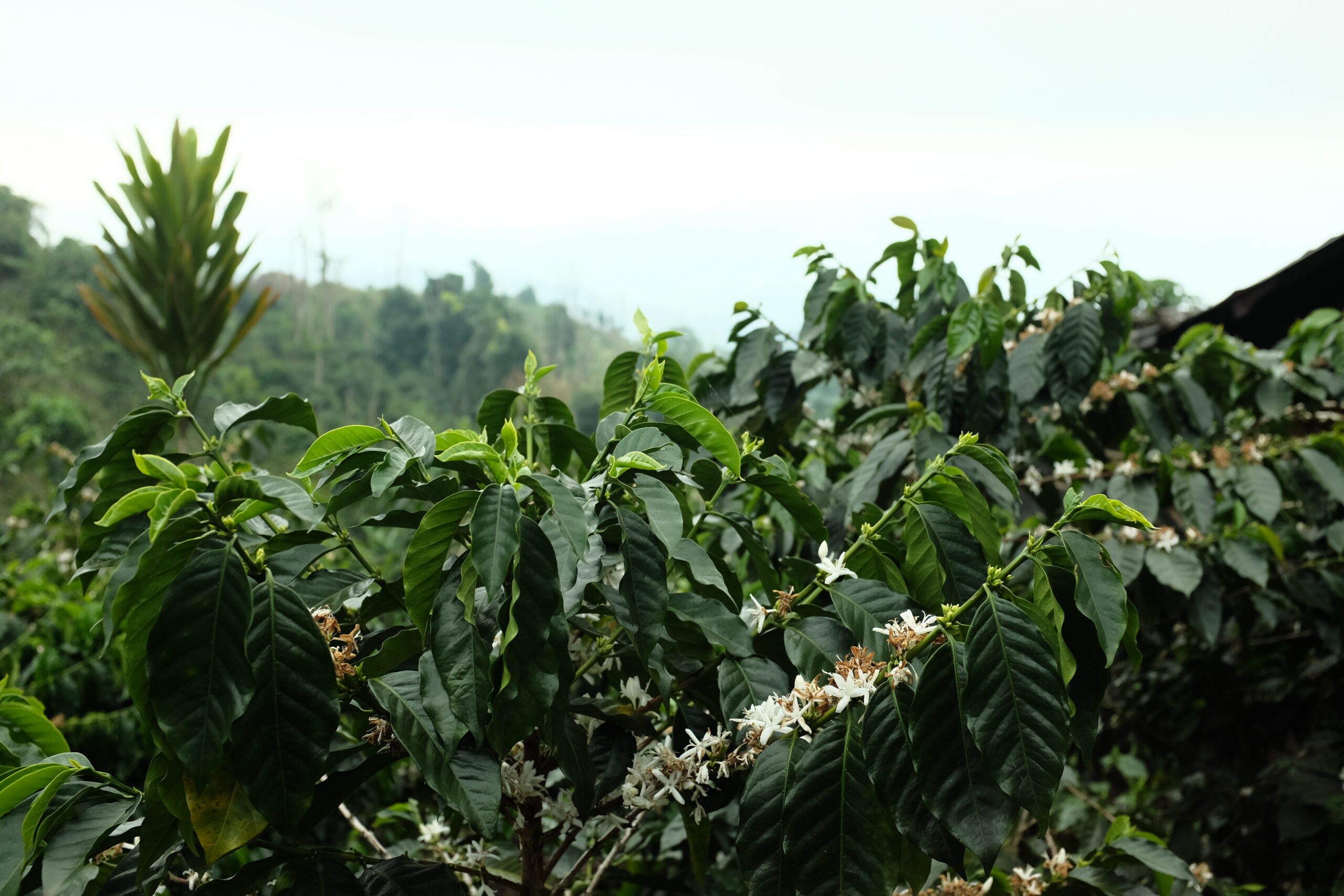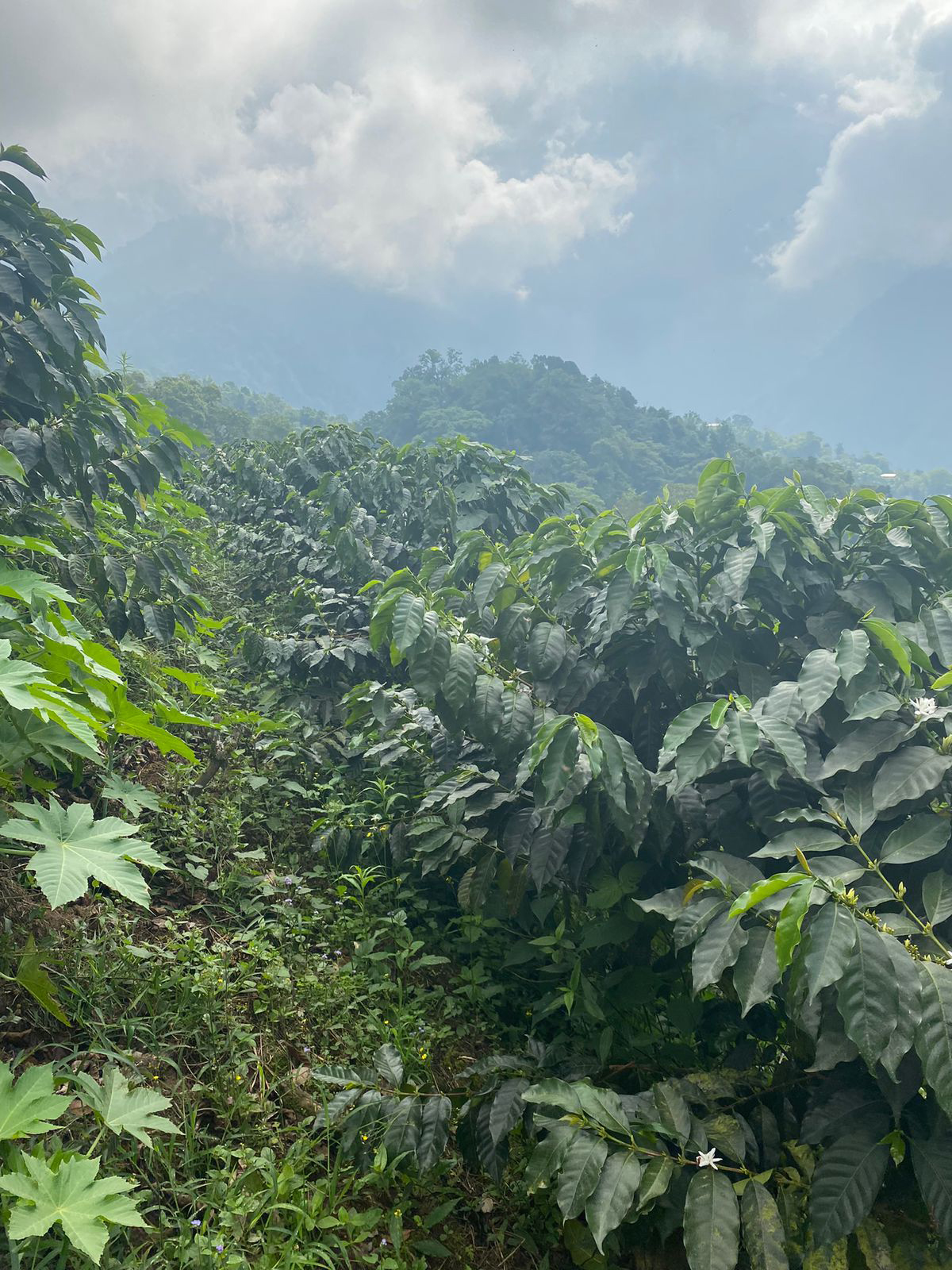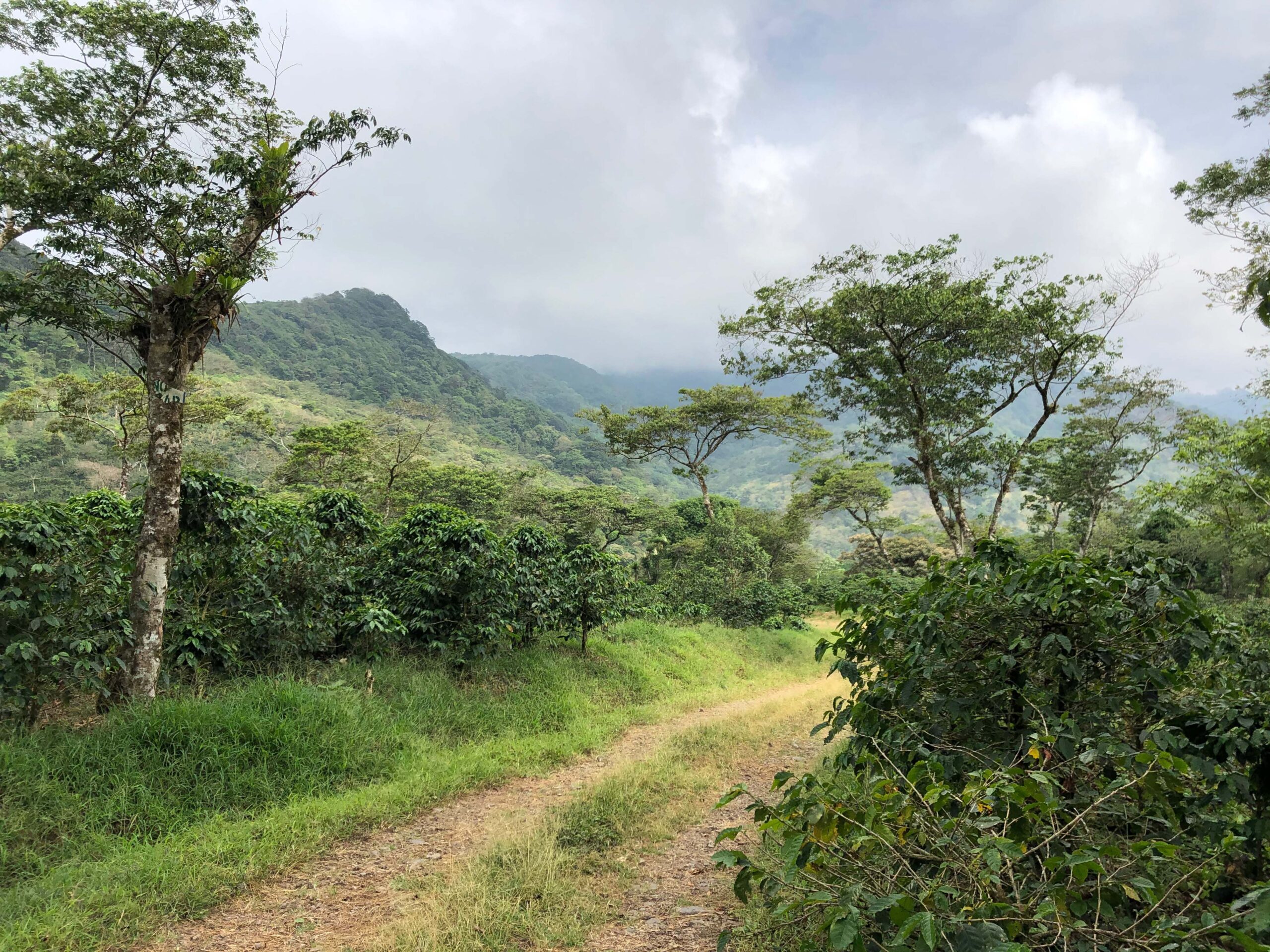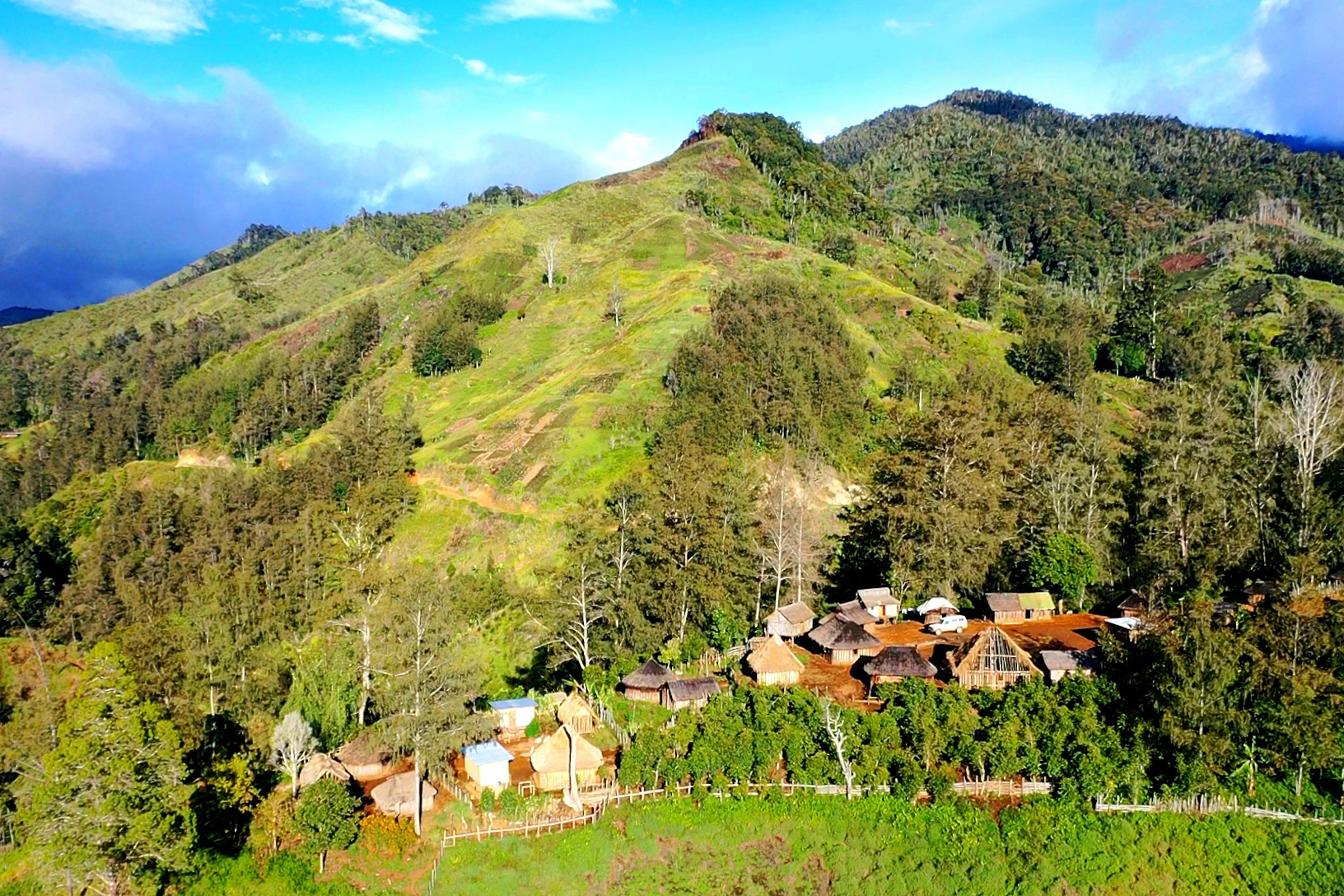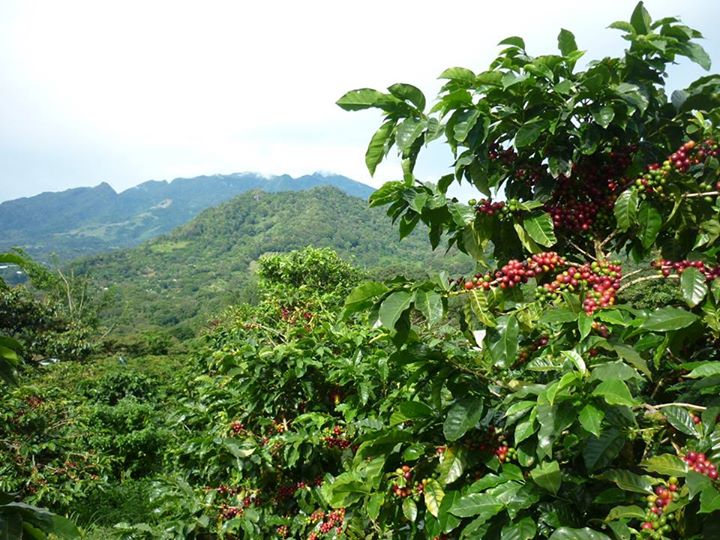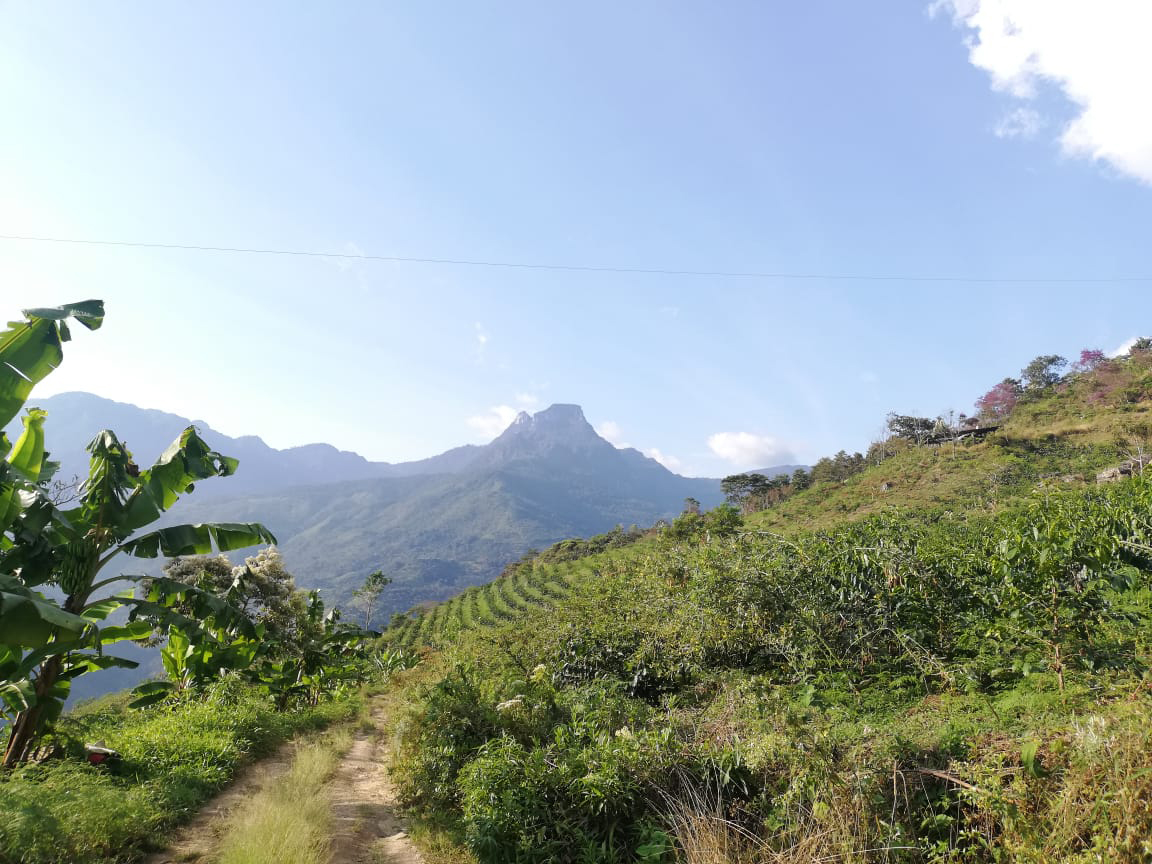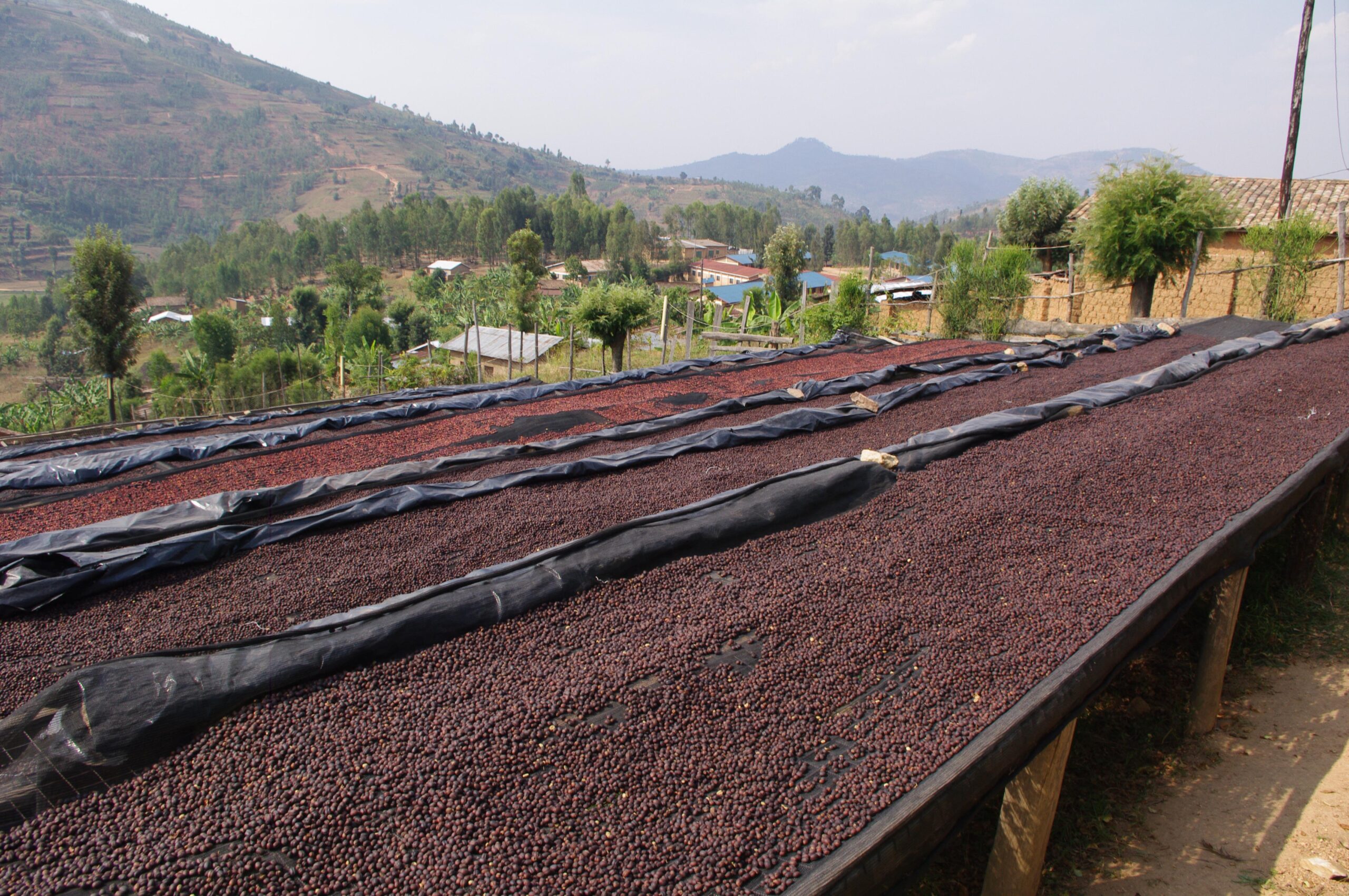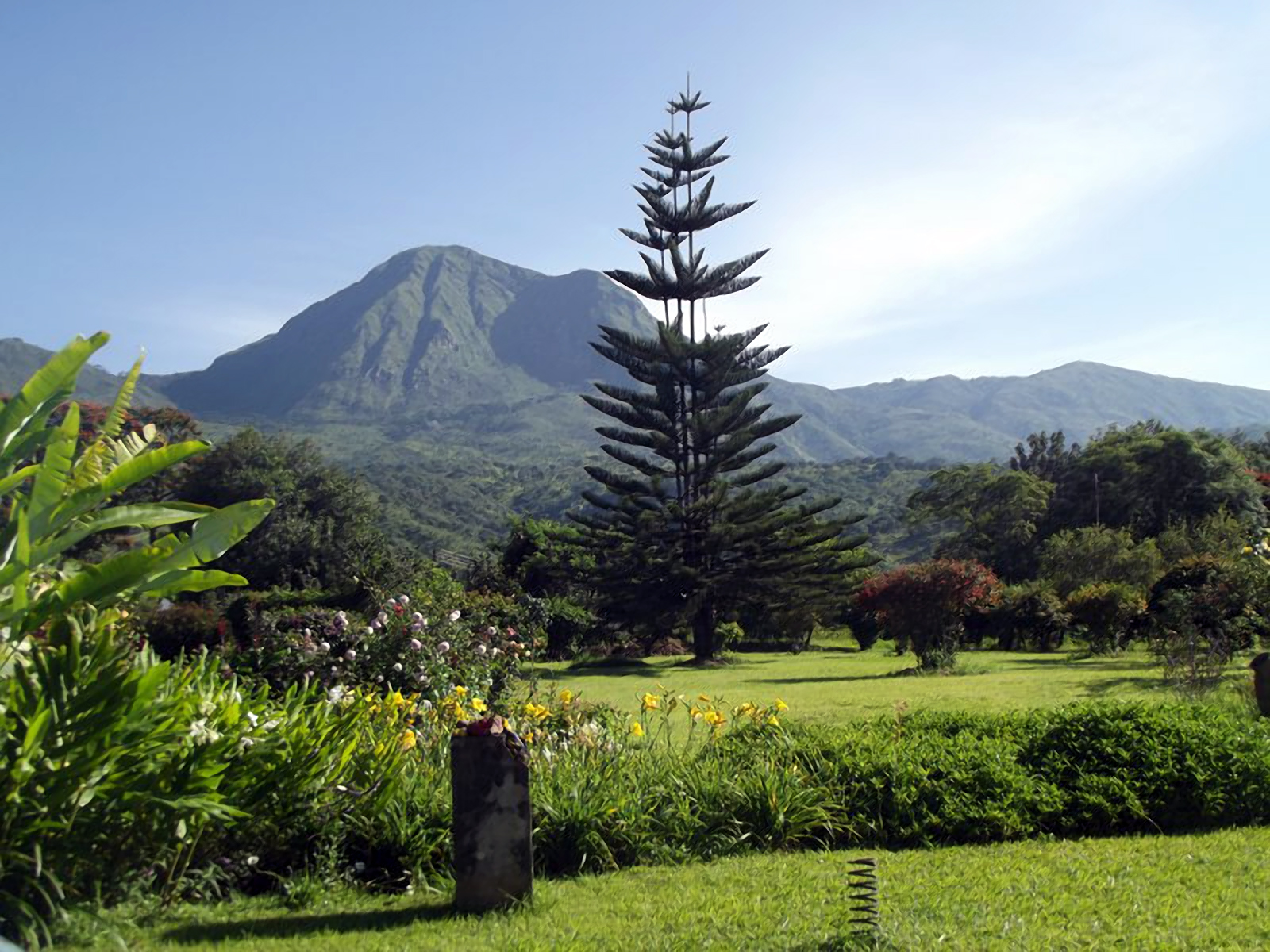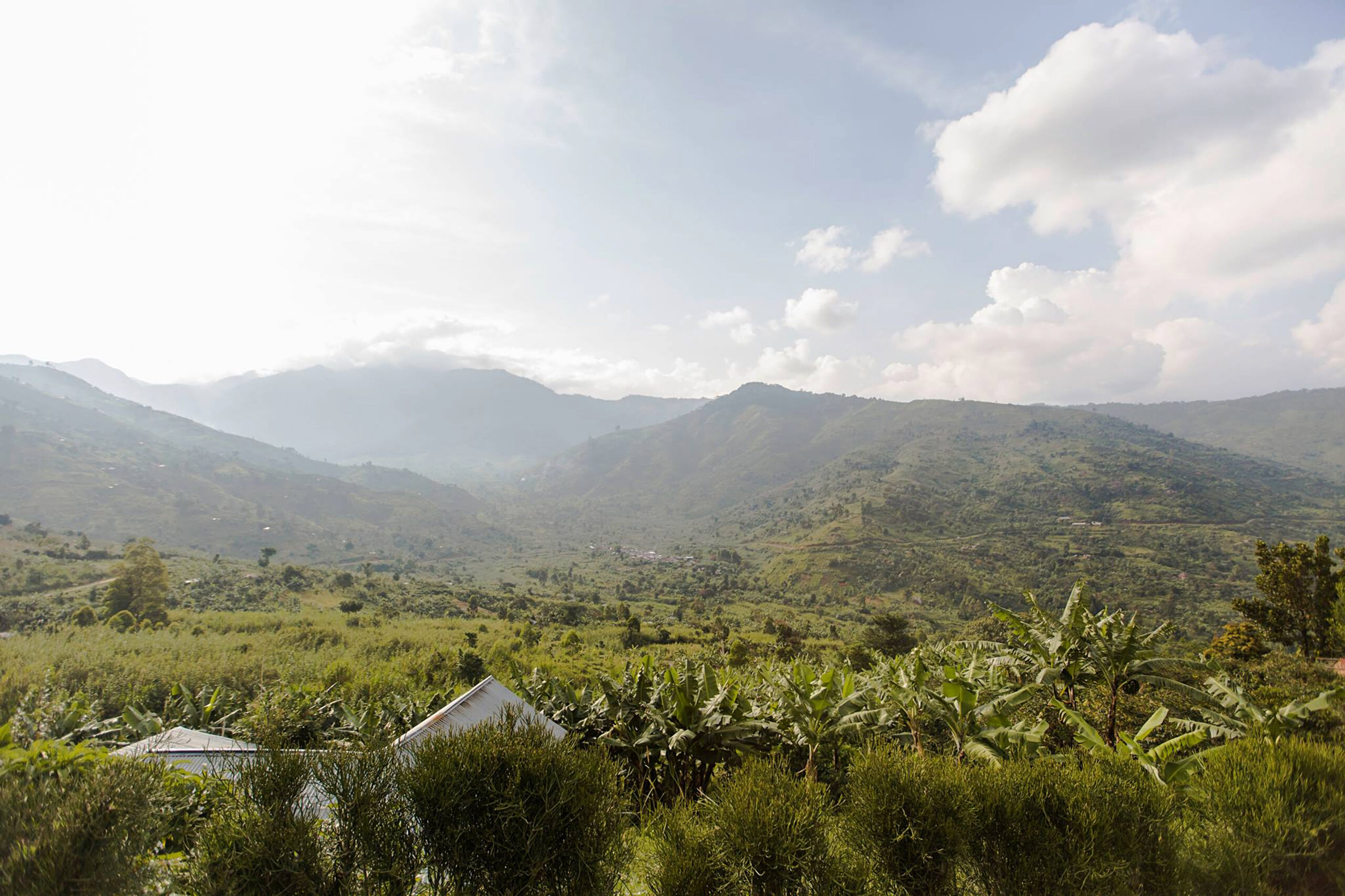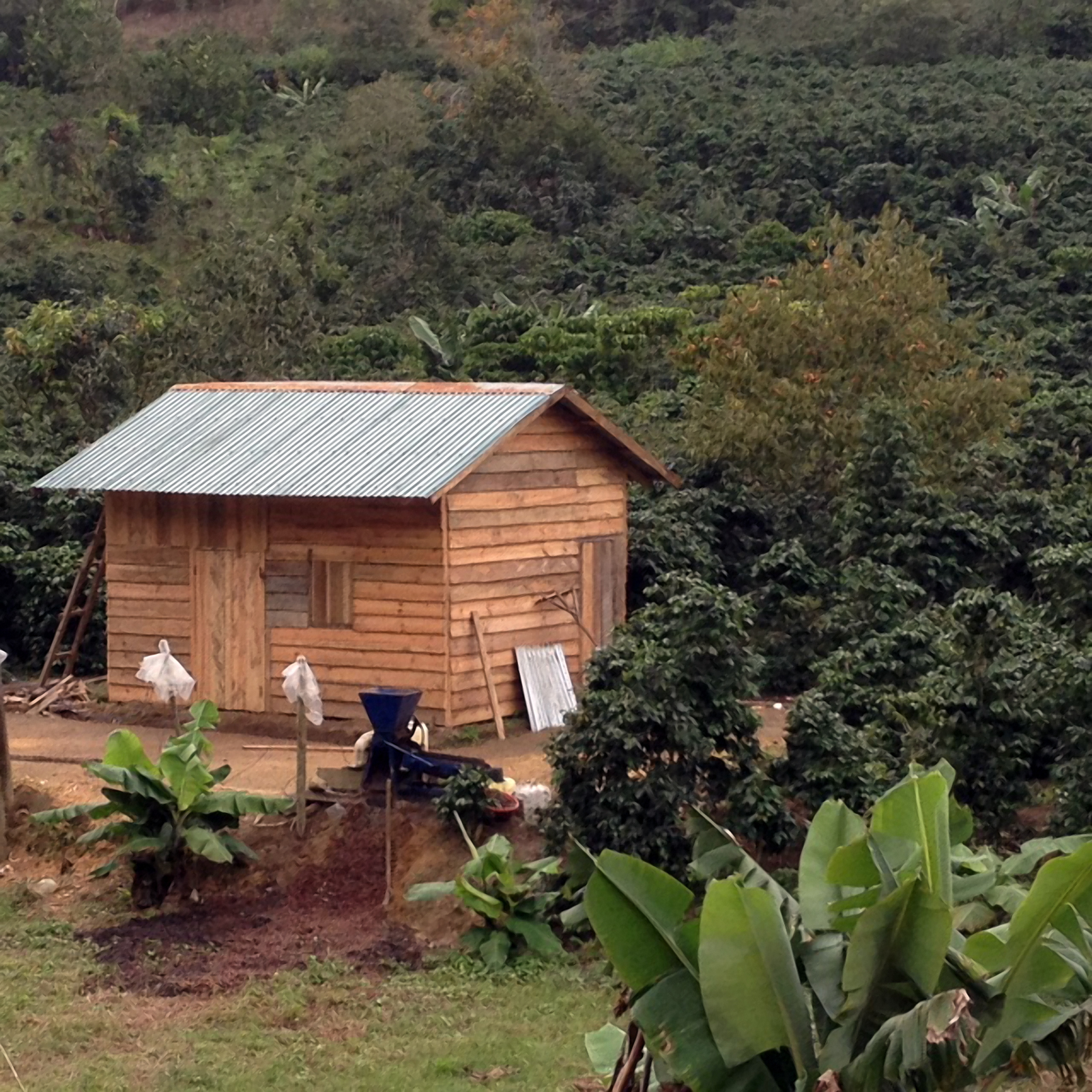Colombia
With numerous microclimates, climbing altitudes, and biodiverse ecosystems - Colombia produces high quantities of excellent coffee.
Colombia is the third largest coffee-producing country in the world, and thanks to its vast array of unique microclimate, are able to have harvests throughout the year.
Commercial coffee cultivation began in the mid-1830s and spread so rapidly that throughout the twentieth century coffee already became the country’s leading export. A mountainous topography and many tropical micro-climates contribute greatly to Colombia’s reputation for ideal growing conditions, which – in turn – have helped Colombia establish itself as a recognisable origin around the world.
-
Place In World For Coffee Exporter3rd
-
Sacks (60kg) exported annuallyApprox. 13,672,000
-
Percentage of world coffee market10%
-
Other major agricultural exportsBananas, Sugar
-
Estimated number of families relying on coffee for livelihood?More than 2 million
-
Typical varieties producedTypica, Bourbon, Tabi, Caturra, Colombia, Maragogype, Castillo (among others)
-
Key coffee regionsNariño, Cauca, Meta, Huila, Tolima, Quindio, Caldas, Risaralda, Antioquia, Valle, Cundinamarca, Boyacá, Santander & Norte de Santander
-
Typical harvest timesMarch-June; September-December
-
Typically availableFrom July/August & January/February
The Importance of Coffee
Coffee truly has a significant place in the country’s economy. Colombia has roughly 875,000 hectares planted with coffee across 590 municipalities and 14 coffee-growing regions. On average, 75 percent of the country’s production is exported worldwide, with the crop representing 7.9 per cent of the country’s overall exports in 2020. The majority of this production surprisingly comes from smallholder producers: 60 percent of Colombian coffee producers cultivate less than one hectare of coffee while only .5 percent have more than 20 hectares.
Traditionally, the majority of coffees from Colombia have been processed using the fully washed method. However, Centre for Coffee Investigation (Cenicafé) have developed an ecological system that uses little water, reduces contamination of local water sources by 90 percent and reduces water consumption by 95 percent. This dry pulping method has proven reliable not just in preserving surrounding ecosystems but also in guaranteeing a consistent cup quality and is increasingly used across the country.

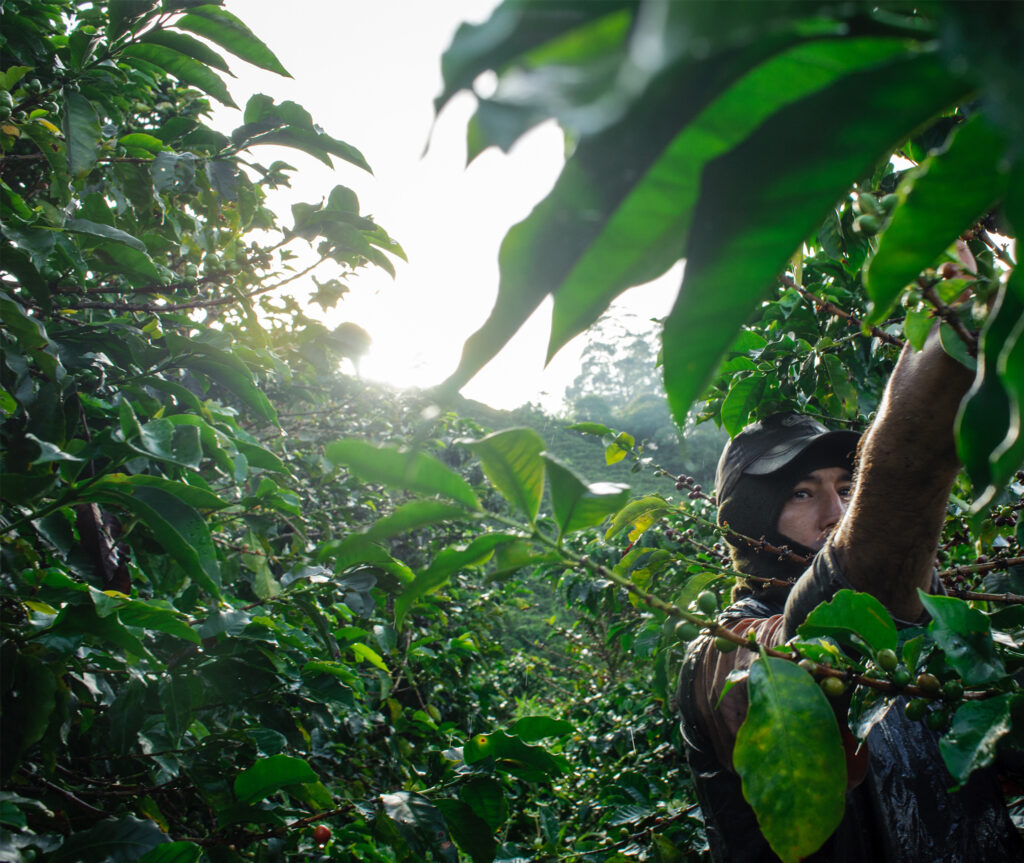
Processing
Antioquia
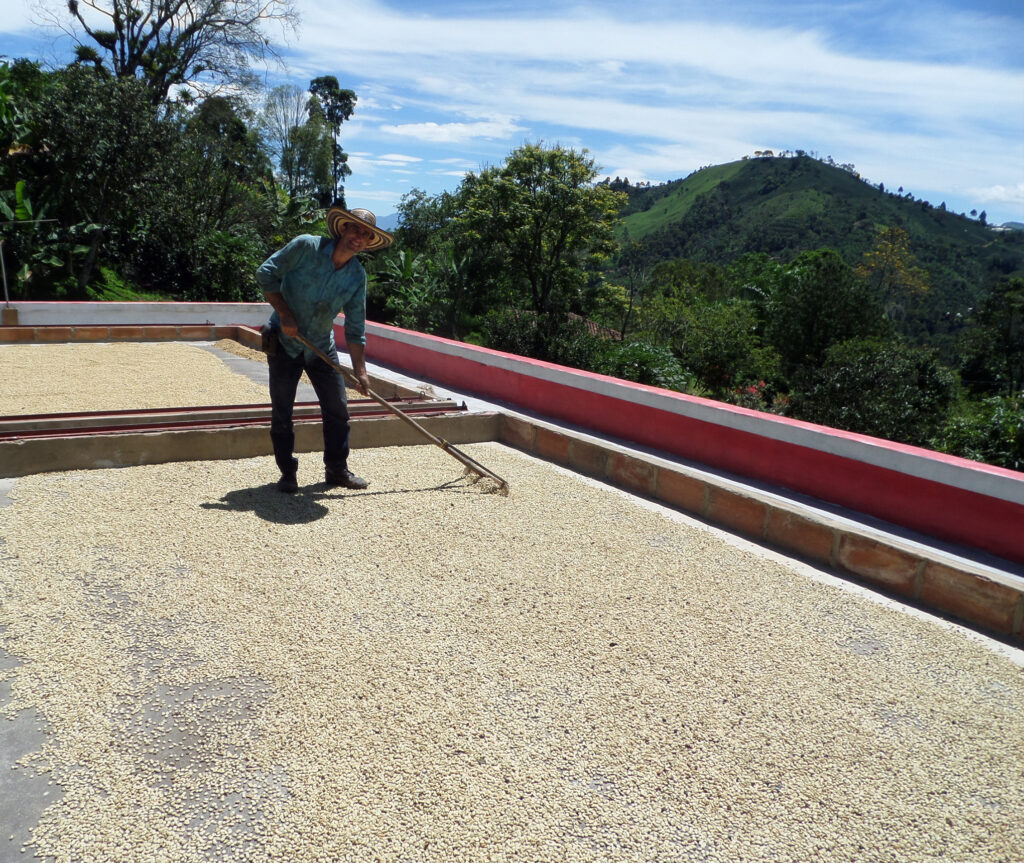
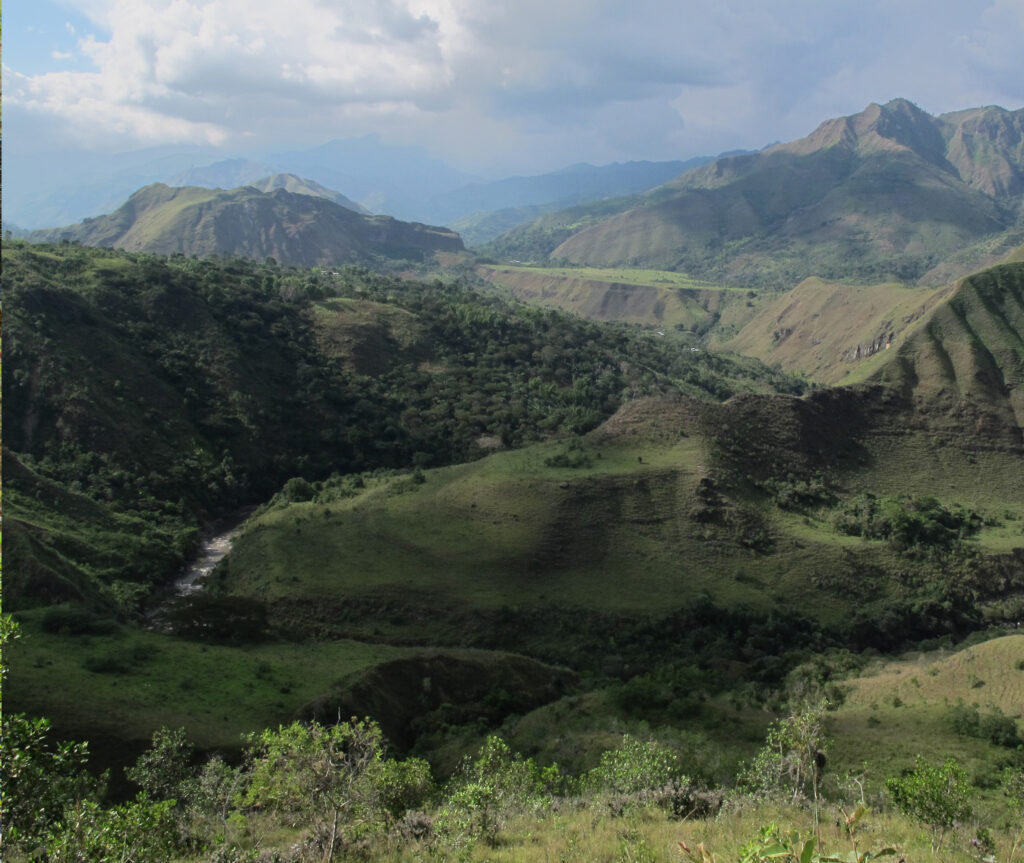
Cauca
Other Producing Areas
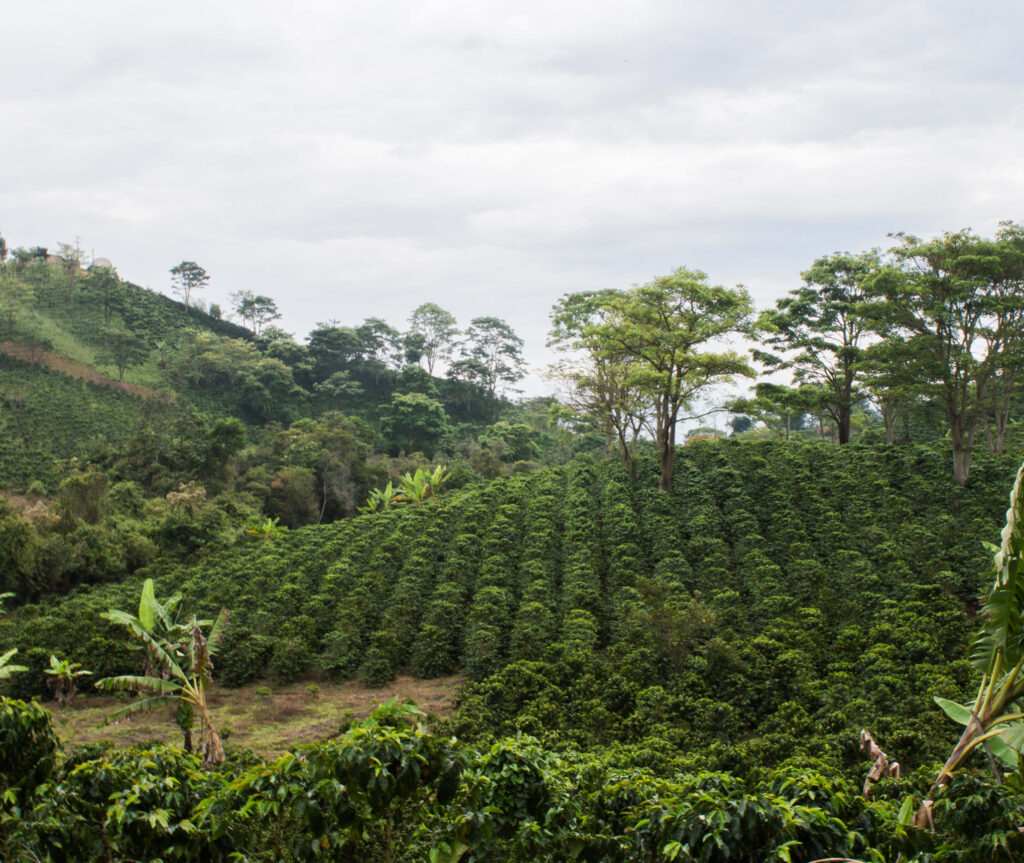
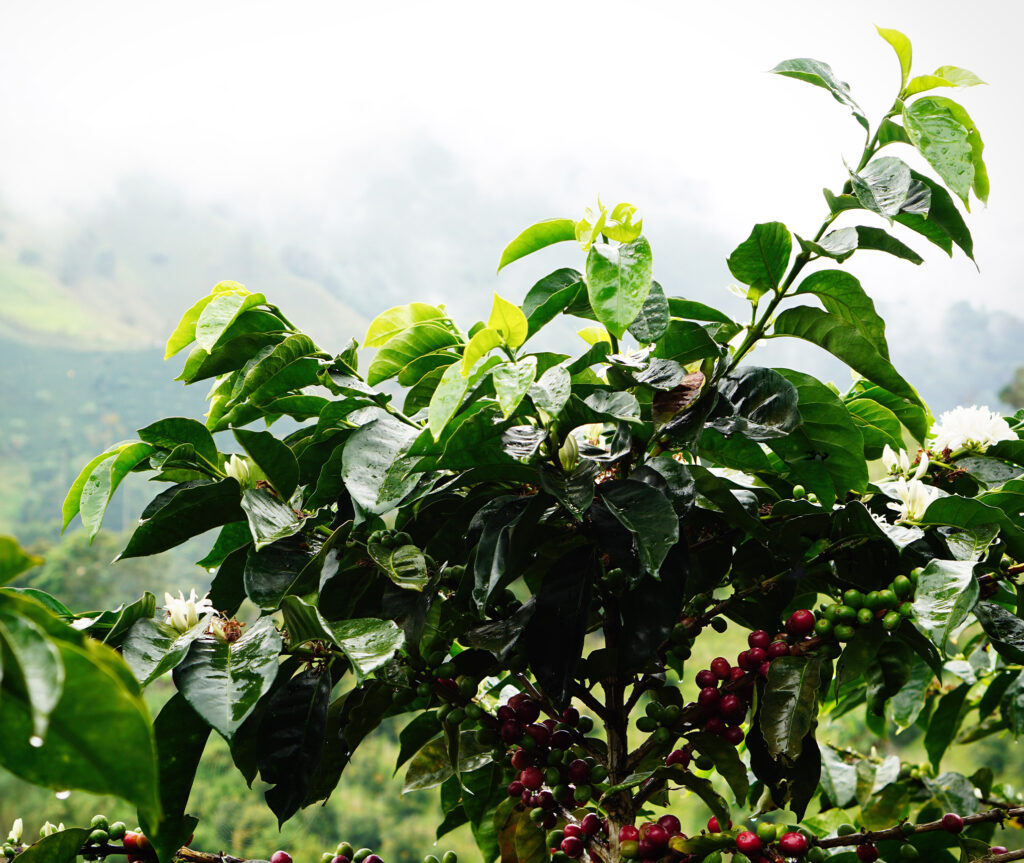
Lesser-known Producing Areas

More Locations
